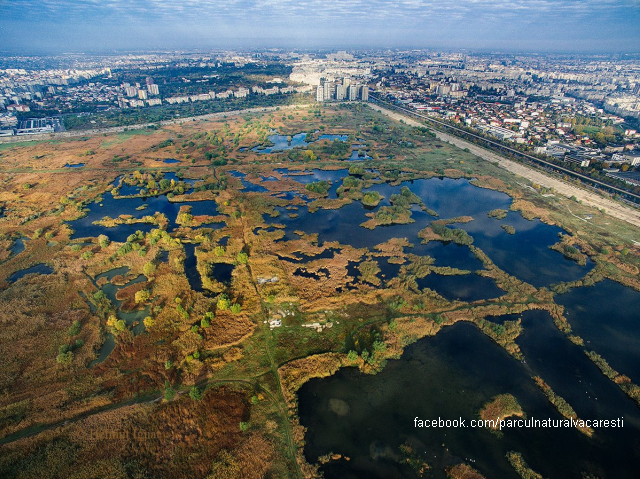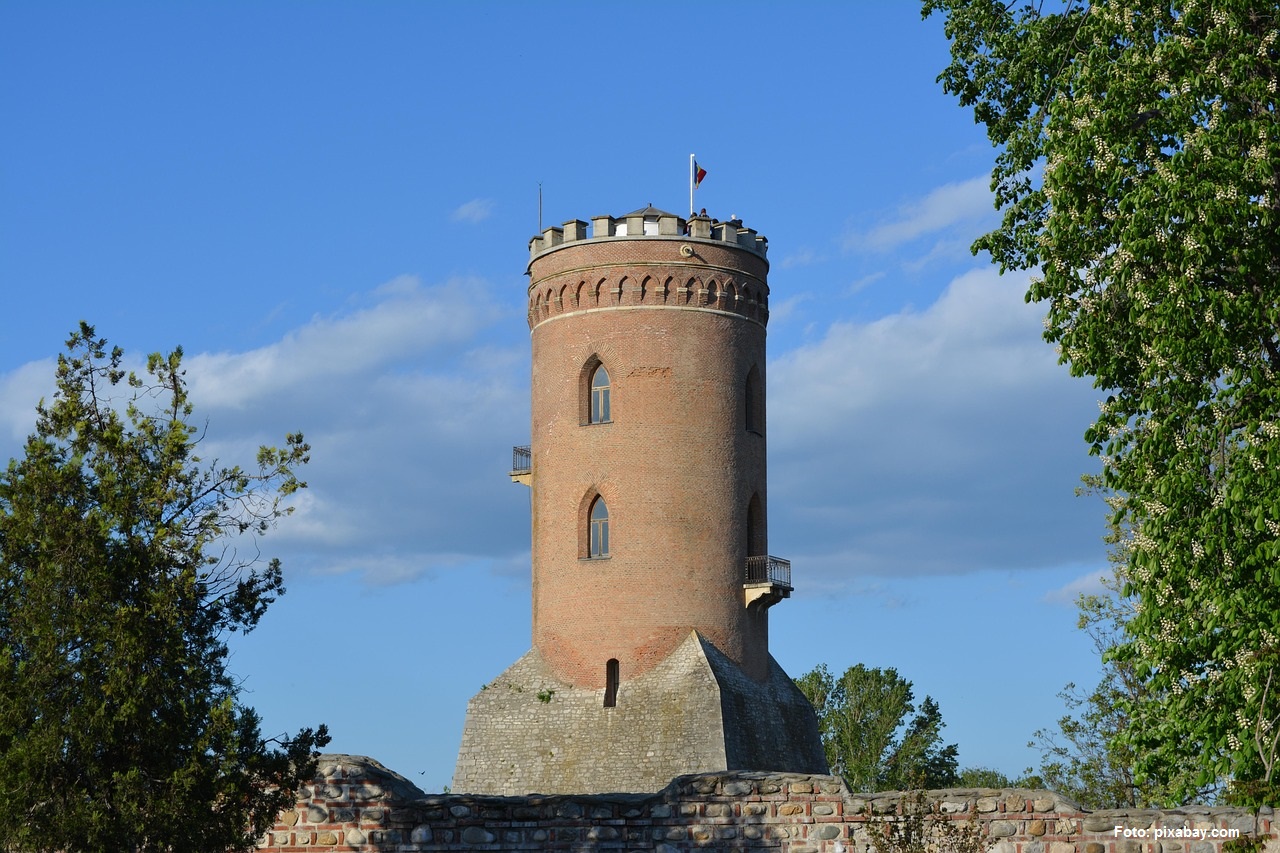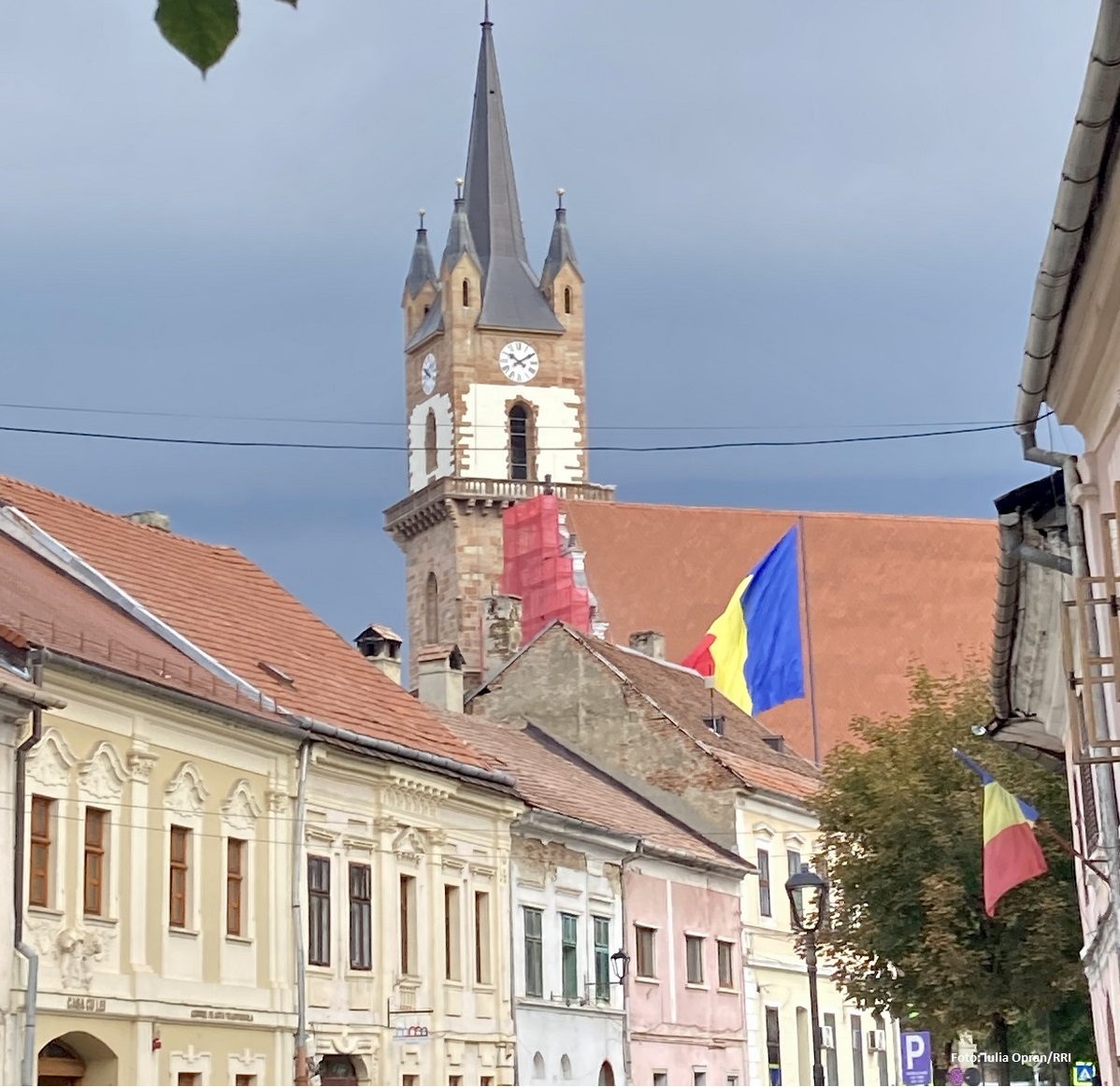Vacaresti Nature Park
Vacaresti Nature Park, also known as the Vacaresti Delta, is the first urban nature park in Romania

Daniel Onea, 28.10.2021, 13:17
Vacaresti Nature Park, also known as the Vacaresti Delta, is the first urban nature park in Romania, only 5 km away from the center of Bucharest. The tourist offer includes strolls or thematic bicycle trails, exploring nature, bird watching, as well as an educational visitor center. The history of the place is fascinating. We talked about all this with Nicoleta Marin, project coordinator with the Vacaresti Nature Park Association.
“Vacaresti Nature Park is an area reclaimed by nature, with a close to wilderness landscape. This appeared on the former building site of a hydrological installation which was abandoned. In the span of 30 years, one by one various species of plants, birds, and mammals made it their home. We are talking right now about a very successful ecosystem, and a landscape similar to that of a delta. The park is only a few km from the center of Bucharest. It is easily reached by public transportation, and is very visitor friendly. We can say it is unique in Romania, through both its location and its history.”
In the last three or four years, the park started getting the bare minimum infrastructure for visitors, which was handled by the nature park association, headed by Nicoleta Marin:
“We have information billboards about the flora and fauna. We have bike trails, one of which is at the top of the dam. This dam used to be part of a hydrological project, up to eight meters high, made of padded earth, covered in concrete slabs. The view from the top is great, it covers the entire park. The dam bicycle trail is about 5.3 km long. It is also a great trail to stroll. We have a few more belvederes, two of them former boat mooring places. One is under construction by us, and it will have wooden benches. Inside the park we have some bike trails, which are former streets from back when this was a neighborhood full of houses, which were taken down to dig the lake.”
We started up one of these trails, called the Urban Biodiversity Trail, accompanied by project coordinator Nicoleta Marin:
“This goes down the dam slope starting in an accessible point, in a residential area, and crosses a young forest area, with some exotic species. They are opportunistic species, seen in several urban areas, but in Vacaresti they make up for a beautiful and shady copse in the summer. The trail crosses a reedy area, a lake area, where we can stop at a bird spotting place on the ground. When we installed it, it offered a good view of the lake. Now it is a resting and socializing space, in the quiet middle of the park. Then we cross an area with poplars, which are quite a view in autumn, then get to a large lake area. We can get a great view of them in a bird watching tower, which offers a great general view of the park. This time of the year, you can see on the lakes ducks, cormorants, and swans. Walking down former streets, you can see everywhere how nature blends into the anthropic environment. You can still see bits of asphalt from the former streets. Moving on, we reach the information booth, which is the headquarters of the park rangers, which has information panels on the local birds, foxes, and otters. These are very nicely illustrated, and are a great attraction for the kids.”
The Vacaresti Nature Park Association believes that the area may become the main nature objective for tourists in Bucharest, which is why they are running several projects to develop it. Here is Nicoleta Marin:
“We are very glad right now, we are within sight of reaching our aim. Bucharest City Hall will sign a management contract with the National Agency of Protected Areas for the park. This means that we will keep doing all the activities we set out to do, the reasons for which this was declared a nature park: conservation of the species of plants and animals, which are very valuable, and some rare in the Bucharest area, along with relaxation and education. We want to start work along with City Hall and the Order of Architects. We want to hold an international competition for solutions for our proposals. For instance, we would like to have promenades on the dam, along with bicycle trails. The top of the dam will have several belvedere points. Also there we will have an information point for all protected areas in Romania, a sort of protected area embassy. We would like to have education spaces, outdoor classes, but also an area to observe the skies at night. It is spectacular to see an oasis of darkness in the middle of the city. We also have a demonstration area for camping, teaching people how to raise and use a tent. We want all this to be integrated in a unitary solution of landscape management. The park will be organized in three areas.”
Foreign tourists from all over the world are fascinated by the size of the mid-city park, 183 ha, a refuge from the bustle of the city. Here is Nicoleta Marin once again:
“Everyone believes this area has to be preserved. They bring in their own city experience, which lost their nature areas, and their administrations invested a lot to be able to recreate them. One example would be London Wetland Center, which is much smaller, 40 ha. The British have invested an awful lot to reintroduce a natural landscape in an area with out of use water reservoirs for the city. Here we have a wetland area, settled gradually by various birds. At the same time, we have this park with zero investment. We slowly started seeing nature taking over after 1989, it is a gift from nature.”
At the parks website, parcnaturalvacaresti.ro, you can watch live images from the park, and find details about the trails available to tourists.






























